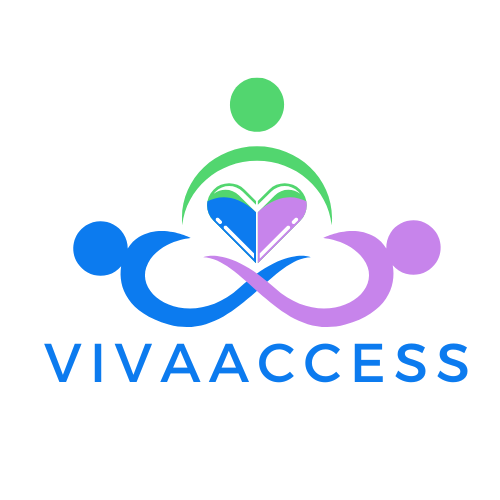Diagnosis of Cerebral Palsy
by vivaaccess.net | Apr 21, 2024 | Cerebral
Diagnosing cerebral palsy (CP) necessitates a meticulous and comprehensive evaluation process to accurately assess the child’s condition. This diagnostic journey involves multiple healthcare professionals collaborating to gather a thorough understanding of the child’s medical history, physical manifestations, and developmental trajectory.
1. Medical History Review:
Prenatal History: Gathering information about the mother’s health during pregnancy, including any complications such as infections, exposure to toxins, or maternal health conditions like hypertension or diabetes.
Perinatal History: Exploring details surrounding labor and delivery, including any issues such as preterm birth, birth asphyxia, or complications during delivery, like umbilical cord entanglement or placental abruption.
Postnatal History: Documenting events and milestones following birth, including neonatal complications, feeding difficulties, seizures, or delays in reaching developmental milestones.
2. Physical Examination:
Assessment of Muscle Tone: Evaluating muscle tone, looking for signs of increased muscle stiffness (spasticity), decreased muscle tone (hypotonia), or abnormal involuntary movements (dyskinesia).
Evaluation of Reflexes: Testing primitive reflexes such as the Moro reflex or tonic neck reflex, as well as assessing deep tendon reflexes like the knee jerk reflex.
Observation of Motor Skills: Observing the child’s ability to perform age-appropriate motor tasks, including rolling, sitting, crawling, standing, and walking.
3. Neuroimaging Studies:
MRI (Magnetic Resonance Imaging): Utilizing MRI scans to visualize the structure of the brain and detect any abnormalities such as periventricular leukomalacia, intraventricular hemorrhage, or malformations of cortical development.
CT (Computed Tomography) Scan: Employing CT scans to provide detailed images of the brain, particularly useful in identifying calcifications, hemorrhages, or structural anomalies.
4. Developmental Assessment:
Standardized Testing: Administering standardized developmental assessments like the Gross Motor Function Classification System (GMFCS) to objectively classify the child’s motor function and mobility abilities.
Functional Evaluation: Assessing the child’s functional capabilities in activities of daily living, communication skills, and social interactions to determine the impact of CP on overall functioning.
5. Laboratory Investigations:
Genetic Testing: Conducting genetic tests to identify specific genetic mutations or chromosomal abnormalities associated with CP, particularly in cases where there is a suspected genetic component.
Metabolic Screening: Screening for metabolic disorders that may present with symptoms similar to CP, such as mitochondrial disorders or inborn errors of metabolism.
6. Multidisciplinary Consultations:
Collaboration with Specialists: Engaging with a multidisciplinary team of healthcare professionals, including pediatric neurologists, developmental pediatricians, orthopedic surgeons, physiatrists, physical therapists, occupational therapists, and speech-language pathologists, to gain diverse perspectives and insights into the child’s condition.
Diagnostic Challenges and Considerations:
Cerebral palsy encompasses a spectrum of clinical presentations, from mild motor impairments to severe physical disabilities, making diagnosis challenging.
The absence of specific diagnostic tests or biomarkers for CP necessitates a comprehensive evaluation approach integrating clinical assessments, neuroimaging, and developmental evaluations.
Early signs of CP may be subtle and may only become evident as the child grows and fails to achieve developmental milestones, emphasizing the importance of ongoing monitoring and surveillance.
Differential diagnosis is essential to distinguish CP from other conditions with similar clinical features, such as genetic syndromes, neuromuscular disorders, or global developmental delays.
Early Intervention and Prognostic Implications:
Early diagnosis facilitates timely initiation of intervention services, including early intervention programs, physical therapy, occupational therapy, and speech therapy, aimed at optimizing the child’s developmental outcomes.
Prognostic implications of the diagnosis, including the severity of motor impairments, associated comorbidities, and potential functional limitations, inform treatment planning and long-term management strategies to support the child’s overall well-being and quality of life.







